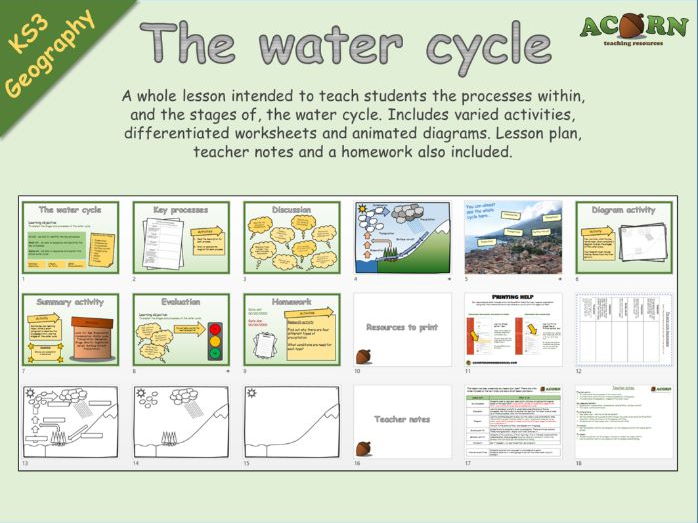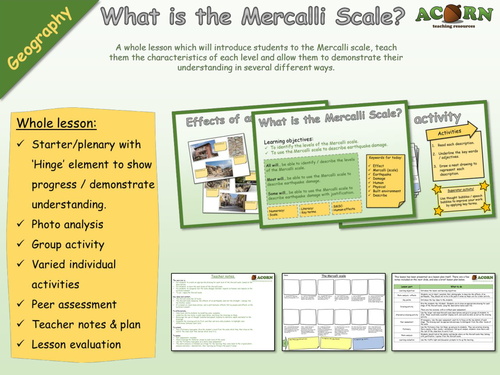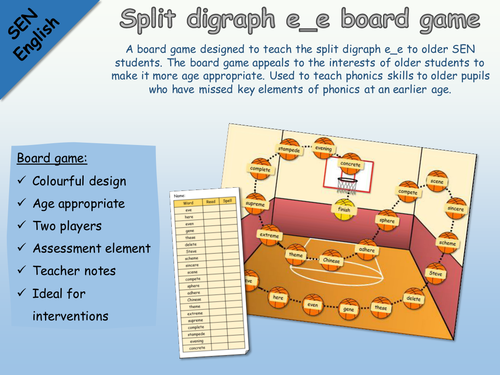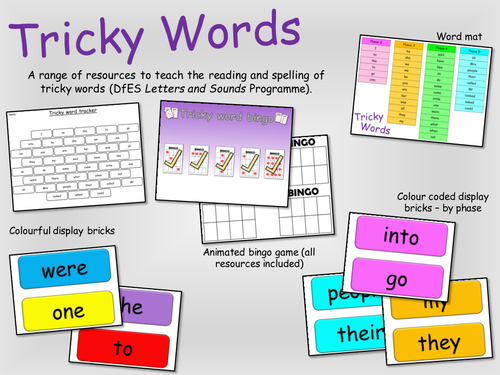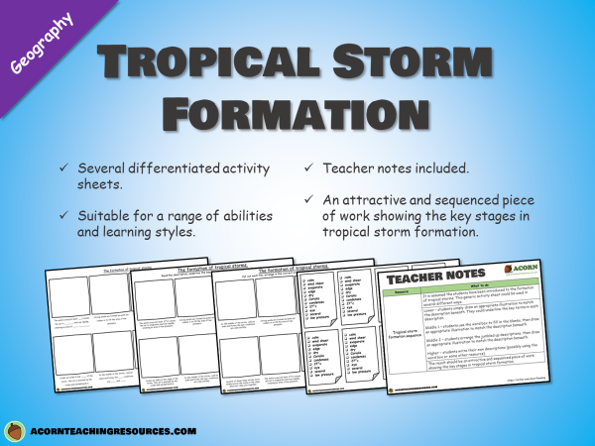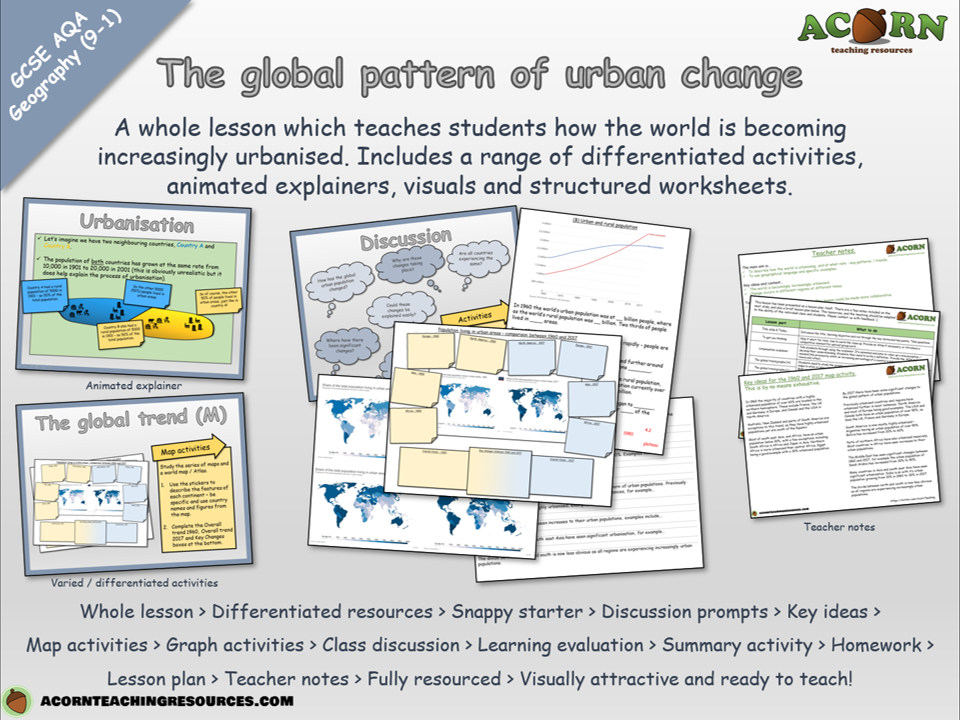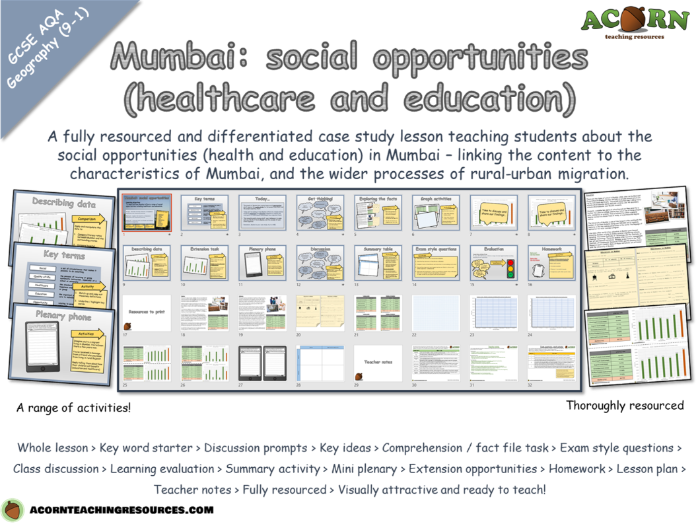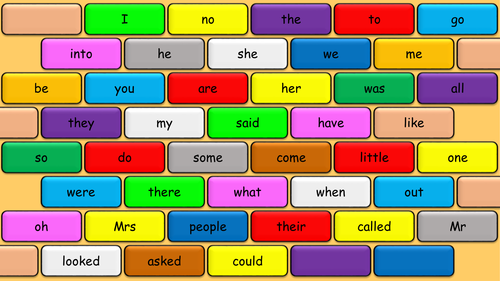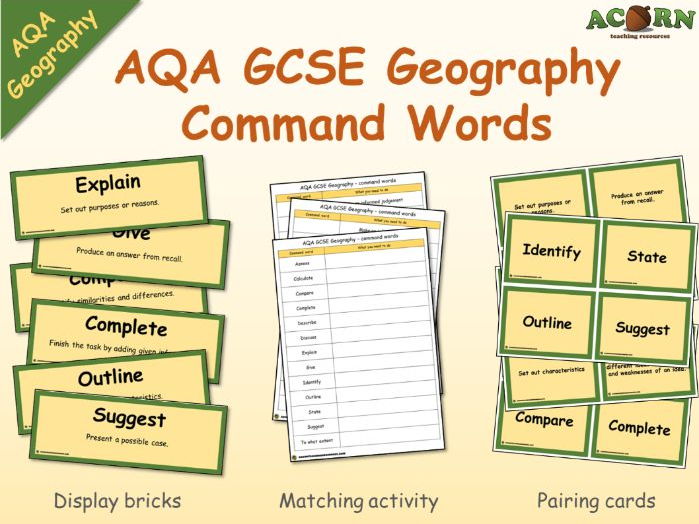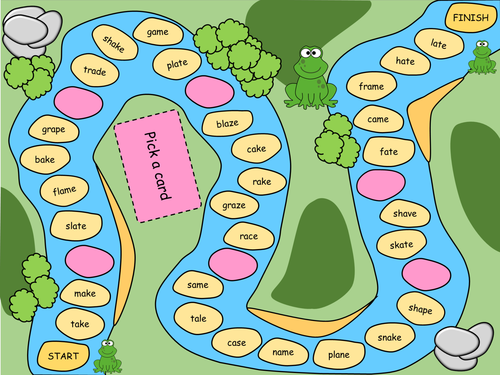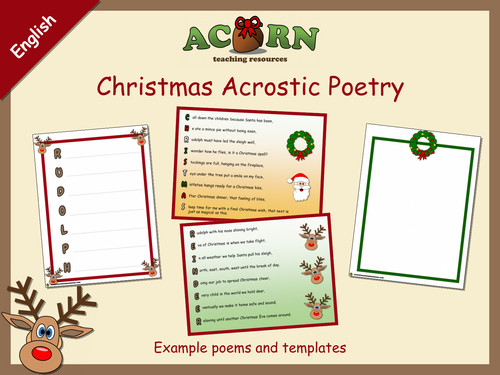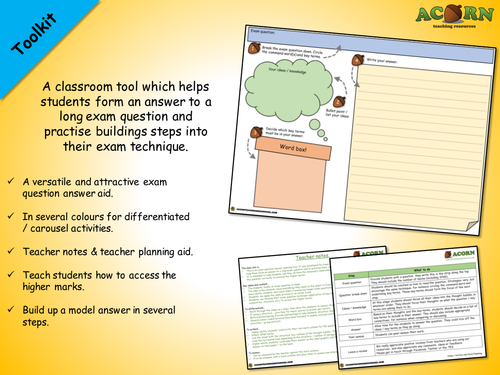66Uploads
144k+Views
54k+Downloads
All resources

Urban issues and challenges - Factors affecting the rate of urbanisation
AQA Geography
Urban issues and challenges - Factors affecting the rate of urbanisation
A whole lesson (possibly a double) which teaches students how rural-urban migration, and natural increase, is driving rapid urbanisation in LIC’s and NEE’s.
There are a range of activities, and varied resources to aid in the teaching. A visual explainer has been included. All resources are ready to go.
Whole lesson > Key concept starter > Discussion prompts > Key ideas > Card sort > Photo analysis > Exam style questions > Class discussion > Learning evaluation > Summary activity > Homework > Lesson plan > Teacher notes > Fully resourced > Visually attractive and ready to teach!

AQA Geography 9-1 Subject Specific Vocabulary - The challenge of natural hazards - Resources
Subject specific vocabulary resources
Section A: The challenge of natural hazards
A range of resources built around the AQA 9-1 Geography SSV for section A - The challenge of natural hazards.
Includes
- keyword bricks for display
- bingo game
- word mat
- teacher notes
All resources are included and are ready to print.
Keywords are grouped and colour coded.

Geography - Reading Atlas Maps
*Requires an Atlas*
Originally aimed at KS3 but can be used with KS4. Ideal for cover, and getting to know groups. Gives lots of opportunity to talk about physical and human features around the world.
A series of activities to get students using the atlas in several different ways. The result is a colourful and informative map of the world.
Whole lesson: Several activities > Discussion prompts > Literacy activity > Teacher notes and lesson plan > Differentiated activities > Homework > All resources included > Could be used with KS4
The main aim is…
For students to use the atlas in several different ways to efficiently find information.
To complete a colourful and informative map of the world.
Every review we've had for a premium resource has been 5/5 (as of 2nd February 2017)

Geography - The Water Cycle
A whole lesson intended to teach students the processes within, and the stages of, the water cycle. Includes varied activities, differentiated worksheets and animated diagrams. Lesson plan, teacher notes and a homework also included.
The main aim is…
To understand the processes of the water cycle
To understand where and why these processes are taking place
To understand the sequence / stages of the water cycle
Key ideas and content…
Evaporation, transpiration, condensation, precipitation, surface run-off
The water cycle is continuous
To differentiate…
See lesson plan / use the varied worksheets
Get the students up in groups to talk through the water cycle using the PowerPoint animation – before moving on to the diagram activities
Students can act (see lesson plan – alternative activities)
To extend…
Set the summary activity as homework / or the research activity for higher ability groups
To assess…
Students could act out the stages – choose at random for higher ability.
Use the summary activity as a piece of work to assess understanding.
Every review we've received for a premium resource has been 5/5* (As of February 20th 2017)

Geography - Natural Hazards - Earthquakes - Mercalli Scale drawing activity
A whole lesson which will introduce students to the Mercalli scale, teach them the characteristics of each level and allow them to demonstrate their understanding in several different ways.
Whole lesson:
Starter/plenary with ‘Hinge’ element to show progress / demonstrate understanding.
Photo analysis
Group activity
Varied individual activities
Peer assessment
Teacher notes & plan
Lesson evaluation
The main aim is…
For students to create an appropriate drawing for each level of the Mercalli scale, based on the descriptions.
For students to learn the main levels of the Mercalli scale.
For students to recognise how the scale changes between impacts on humans and impacts on the build environment.
To use / apply the Mercalli scale.
Key ideas and content…
The Mercalli scale has 12 levels.
The Mercalli scale measures the effects of an earthquake (and not the strength / energy like the Richter scale).
It is based on visual observations, and is split between effects felt by people and effects on the build environment.
To differentiate…
Help lower ability students by modelling some examples.
Underline the key terms in each description, and focus the drawings on these.
Encourage the use of thought bubbles and speech bubbles to add more depth and detail to the drawings.
Complete the drawing activity first, and then ask more able students to highlight main differences between each level.
To extend…
Play a Pictionary type game. Give the student a level from the scale which they then draw on the board. The class must then decide which level it is.
To assess…
Peer assessment included.
Check drawings for features unique to each level of the scale.
Use the Pictionary type game as a whole class assessment.
The photo analysis is intended as a Hinge for the learning, they come back to the original photo analysis and show / demonstrate their learning by filling in the post-it notes.

SEN English - Phonics - Split digraph e_e basketball board game
A board game designed to teach the split digraph e_e to older SEN students. The board game appeals to the interests of older students to make it more age appropriate. Used to teach phonics skills to older pupils who have missed key elements of phonics at an earlier age.
Board game:
Colourful design
Age appropriate
Two players
Assessment element
Teacher notes
Ideal for interventions

Tricky Word Bundle
A range of resources to teach the reading and spelling of tricky words (DfES Letters and Sounds Programme).
* animated bingo game
* colourful display bricks
* colour coded display bricks (by phase)
* word mat
* tricky word tracker

Tropical storm formation - differentiated activity sheets
Several differentiated activity sheets.
Suitable for a range of abilities and learning styles.
Teacher notes included.
An attractive and sequenced piece of work showing the key stages in tropical storm formation.
This resource will help in the teaching of tropical storm formation at a range of ages and abilities.

Urban issues and challenges - The global pattern of urban change
AQA GCSE Geography - Unit 2 Section A - Urban issues and challenges - The global pattern of urban change
A whole lesson which teaches students how the world is becoming increasingly urbanised. Includes a range of differentiated activities, animated explainers, visuals and structured worksheets.
Whole lesson > Differentiated resources > Snappy starter > Discussion prompts > Key ideas >
Map activities > Graph activities > Class discussion > Learning evaluation > Summary activity > Homework > Lesson plan > Teacher notes > Fully resourced > Visually attractive and ready to teach!
The main aim is…
To describe how the world is urbanising, and at what rate - key patterns / trends.
To use geographical language and specific examples.
Key ideas and content…
The world is becomingly increasingly urbanised.
Change occurs in different regions at different times.
To differentiate…
Activities are mostly differentiated. This lesson could be made more collaborative in many areas to aid lower and middle ability students.
Model answers for higher students using L and M resources.

Urban issues and challenges - Mumbai (population growth)
GCSE Geography - Urban issues and challenges -Mumbai (population growth)
A fully resourced and differentiated case study lesson. Students explore the pattern of Mumbai’s population growth and then use information to explain the growth in the context of rural-urban migration and natural increase.
Whole lesson > Visual mind-map activity > Discussion prompts > Key ideas > Graph activities > Photo analysis > Exam style questions > Visual explainers > Class discussion > Learning evaluation > Summary activity > Homework > Lesson plan > Teacher notes > Fully resourced > Visually attractive and ready to teach!
The main aim is…
For students to describe the scale of population growth in their NEE case study of Mumbai.
To explain the growth (link to rural-urban migration and natural increase) specific to Mumbai.
To understand how rural-urban migration and natural increase are driving urbanisation in their city
Key ideas and content…
Rural – urban migration drives population growth
Population growth drives natural increase
Most migrants are young (natural increase)
Mumbai is a dominant and important city which attracts migrants (rural-urban migration)
The growth of Mumbai can be explained by a series of events in the history of the city
Rural-urban migration and natural increase are linked
NEE’s are likely to experience rapid urbanisation / population grown in cities because of their socio-economic contrasts
To differentiate…
Use the differentiated resources as appropriate.
Include discussion prompts and time the lesson accordingly
To extend…
Students can peer assess / improve their exam questions or photo analysis answers.
Change/adapt the exam style questions
Students can develop their own questions with mark schemes.
Higher ability should be given the opportunity to link the statements about Mumbai to one another
To assess…
The photo analysis offers some assessment opportunity if a focus is given to linking concept/theory to what’s happening in Mumbai
The line/bar graphs aren’t suitable in terms of content, however as a skill they could be assessed for accuracy
The exam style questions offer a summative assessment opportunity for the lesson.

The Geography of Autumn
The Geography of Autumn gives students the opportunity to explore the interaction between people & environment and the Autumn season.
Students will apply atlas skills and explore interactions including: Autumn tourism, the impacts of global warming, animal migrations and cultural celebrations.
This is a structured and visually attractive lesson where the outcome is an informative piece of display work or a booklet. There are several ways the work could be completed over a range of time scales.
Bundle

The Acorn Easter Bundle
Our Easter themed bundle includes a range of our resources, great for end of term activities. There is a literacy theme, but also a few resources to jazz up the classroom.
Easter acrostic poems: examples and templates
Easter bunting: print / colour and hang up!
Easter card making bits & bobs
Easter egg design: templates and design proposals
Easter news article activity: newspaper templates and example headlines
Spring Senses Poetry: a whole lesson with a range of differentiated activities

Easter news article activity
Planning sheet and template for students to write an Easter themed newspaper article / front page.
Included are four headlines, each with a planning sheet.
Blank template and planning sheet also included.
Print in A3 - make great display work.
All reviews for our premium resources have been 5/5* (as of 22nd February 2017)

Urban issues and challenges - Mumbai (social opportunities - healthcare and education)
A fully resourced and differentiated case study lesson teaching students about the social opportunities (health and education) in Mumbai – linking the content to the characteristics of Mumbai, and the wider processes of rural-urban migration.
Whole lesson > Key word starter > Discussion prompts > Key ideas > Comprehension / fact file task > Exam style questions > Class discussion > Learning evaluation > Summary activity > Mini plenary > Extension opportunities > Homework > Lesson plan > Teacher notes > Fully resourced > Visually attractive and ready to teach!
The main aim is…
For students to explore how Mumbai offers better social opportunities in terms of healthcare and education to it’s citizens and people migrating there.
To apply specific information about healthcare and education in Mumbai.
Key ideas and content…
Mumbai offers social opportunities people cannot find in surrounding rural areas.
Healthcare and education are both much more accessible in Mumbai than in surrounding rural areas.
These opportunities drive rural-urban migration.
To differentiate…
Several resources have been differentiated so all students can take part in each activity.
Paired and group work might be appropriate for the graph work.
WAGOLLS and model answers for writing a comparison.
Peer assess the plenary phone, using something such as two stars and a wish.
To extend…
Students could remove the Mumbai hospitals from the Maharashtra state total, and explain the significance of this upon rural-urban migration. Essentially this further proves the point about access to healthcare because Mumbai props Maharashtra up in terms of number of hospitals.
Students could form sentences using the key terms from the starter.
Instead of the plenary phone, students could write a formal letter allowing for more detail and application.
Students could develop their own mark scheme for the exam style questions.
To assess…
Use the exam style questions or the discussion prompts.
The plenary phone offers a mini-plenary assessment opportunity.

Tricky word bricks
Complete set of tricky words on bricks, can be used as a word mat to support reading / writing in lessons, or used for display.
One in colour, and the other in black and white - which could be used as a resource for children to colour in the words they can read / spell.

GCSE - AQA Geography - Command Words
Includes a set of display bricks, a set of pairing cards and a matching activity sheet for students to fill in. These are the command words as dictated by AQA for the new GCSE geography specification.

English - Phonics - Split digraph (a_e) board game
FREE and ready to print in A3, this board game will teach students to read words containing the split digraph a_e sound. A fun and colourful game to use as part of your teaching / small group interventions.

Christmas Acrostic Poetry
Christmas Acrostic Poetry
Examples poems and templates.
Great end of year activity.

Exam question technique sheet
The main aim is…
This is an exam question answer planning tool. It was developed for lower ability students; to help them form an answer to a long exam question and to practise their exam technique.
It is intended to help students see they do have the necessary understanding, but also answer the question correctly to achieve the higher marks.
Key ideas and content…
The students tackle an exam question in steps.
The idea is the students have everything they need on the sheet in front of them, to help focus lower ability students and coach them in answering longer exam questions.
Students can apply the same process to an actual exam.
Students can develop their exam question technique (application of key terms, use of connectives, structure etc.) to access the higher marks.
To differentiate…
Work through the steps as a class, then allow the students to answer the actual question.
If using a structure – give time for teach section (a minute per mark?).
Before photocopying, provide subheadings to help students structure their answer.
Several colour coded versions have been included to enable carousel activities / differentiated activities / group work etc.
To extend…
Higher ability students could write their own mark scheme for the question on the back.
Attach SPaG marks.
Use the sheet with the ‘structure’ box instead of the thought bubble. The students will have to draw the horizontal lines depending on the structure / number of paragraphs.
Higher ability students could plan their answer on the lined graphic, and then write their actual answer on lined paper / on the back.
To assess…
Can be assessed by the teacher against the mark scheme.
Provide students with a mark scheme and allow them to assess/see where the marks come from.

Geography - Geographical skills - Sketching wall display
Wall chart with a step by step guide to sketching - aimed at GCSE geography but appropriate to KS3 as well.
Print in A3.
The full lesson is available at:
https://www.tes.com/teaching-resource/geography-geographical-skills-sketching-field-and-from-photos-11486934




